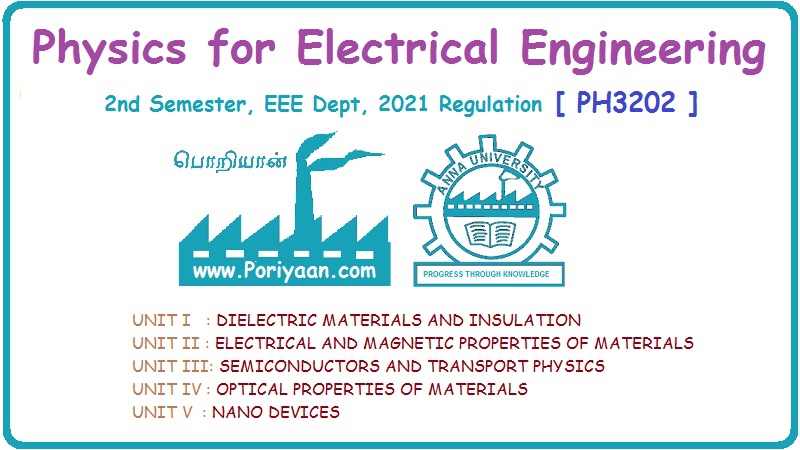Physics for Electrical Engineering: Unit III: Semiconductors and Transport Physics
Ohmic contacts
Definition, Diagram, Working Principle, VI Characteristics, Applications
An ohmic contact is a type of metal semiconductor junction. It is formed by a contact of a metal with a heavily doped semiconductor.
OHMIC CONTACTS
Definition
An
ohmic contact is a type of metal semiconductor junction. It is formed by a
contact of a metal with a heavily doped semiconductor.
When
the semiconductor has a higher work function than that of metal, then the
junction formed is called the Ohmic junction.
Here,
the current is conducted equally in both directions and there is a very little
voltage drop across the junction.
Before
contact, Fermi levels of the metal and semiconductor are at different positions
as shown in fig. 3.27(a).

Working
After
contact, the ohmic junction is shown in figure 3.27 (b).

At
equilibrium, the electrons move from the metal to the empty states in the
conduction band of semiconductor. Thus, there is an accumulation region near
the interface (on the semiconductor side).
It
results in line up of Fermi levels of metal and semiconductor as shown in Fig.
3.27 (b).
The
accumulation region has a higher conductivity than the bulk semiconductor due
to higher concentration of electrons.
Thus,
a ohmic contact behaves as a resistor conducting in both forward and reverse
bias (Fig. 3.28). The resistivity is determined by the bulk resistivity of the
semiconductor.

V-I characteristics
The
volt-ampere (V-I) characteristic of the ohmic contact is shown in Fig. 3.29.

The
current is directly proportional to the potential across the junction and it is
symmetric about the origin, as shown in fig. 3.29.
Thus,
ohmic contacts are non-rectifying and show negligible voltage drop and
resistance irrespective of the direction and magnitude of current.
Applications
The
use of ohmic contacts is to connect one semiconductor device to another, an IC,
or to connect an IC to its external terminals.
Table
3.8
Differences
between schottky diode and ohmic contact

Physics for Electrical Engineering: Unit III: Semiconductors and Transport Physics : Tag: : Definition, Diagram, Working Principle, VI Characteristics, Applications - Ohmic contacts
Related Topics
Related Subjects
Physics for Electrical Engineering
PH3202 2nd Semester 2021 Regulation | 2nd Semester EEE Dept 2021 Regulation
